Underground Cities You Can Actually Visit
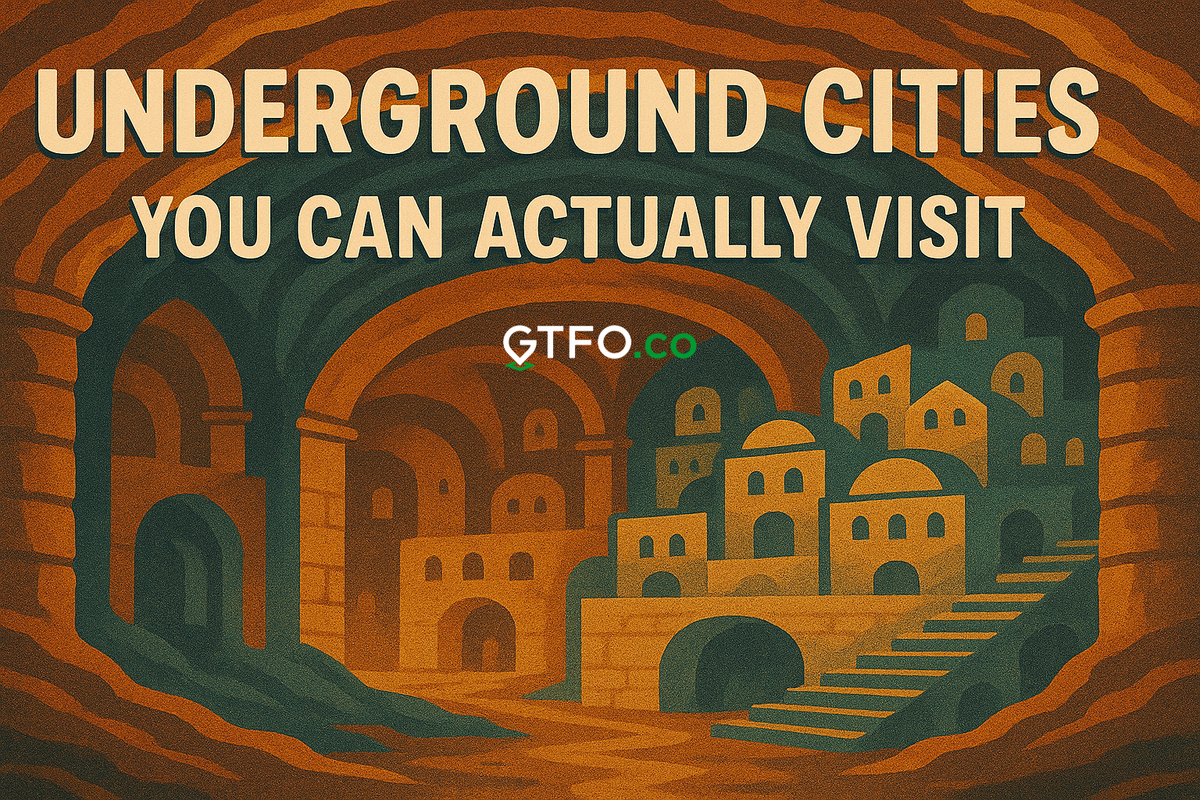
Beneath modern streets and sleepy towns, entire cities are hiding - carved into rock, layered through history, or abandoned and frozen in time. These underground cities are open to the public, and each one tells a story that never made it into the guidebooks.
Key Takeaways
- Underground cities weren’t built for style—they were built to survive invasions, wars, natural disasters, and harsh climates.
- You can visit many of them today, from ancient tunnel networks to fully developed underground metropolises.
- These sites offer a raw, close-up look at human ingenuity and survival instincts.
- Some are thousands of years old and still being explored.

1. Derinkuyu, Turkey
What it is:
A multi-level underground city carved into volcanic rock in Cappadocia, capable of housing up to 20,000 people. It dates back at least to the 8th century BCE, though some theories go even further.
Why it exists:
People used it to hide from invaders, particularly during times of war. It has ventilation shafts, stables, kitchens, wineries, and even churches - all underground.
You can visit:
Yes. It's open to the public, and visitors can explore several levels.
Related read:
Göbekli Tepe isn’t underground, but it’s also in Turkey, and it predates Derinkuyu by several thousand years.

2. Naours, France
What it is:
An old quarry turned underground village in northern France. Over 300 rooms were carved into the limestone, used as shelter during invasions and, later, by Allied soldiers in World War I.
Why it exists:
The caves offered protection from conflict and raiders. During WWI, over 2,000 soldiers left graffiti behind: names, drawings, messages.
You can visit:
Yes. There’s a museum onsite and guided tours available.
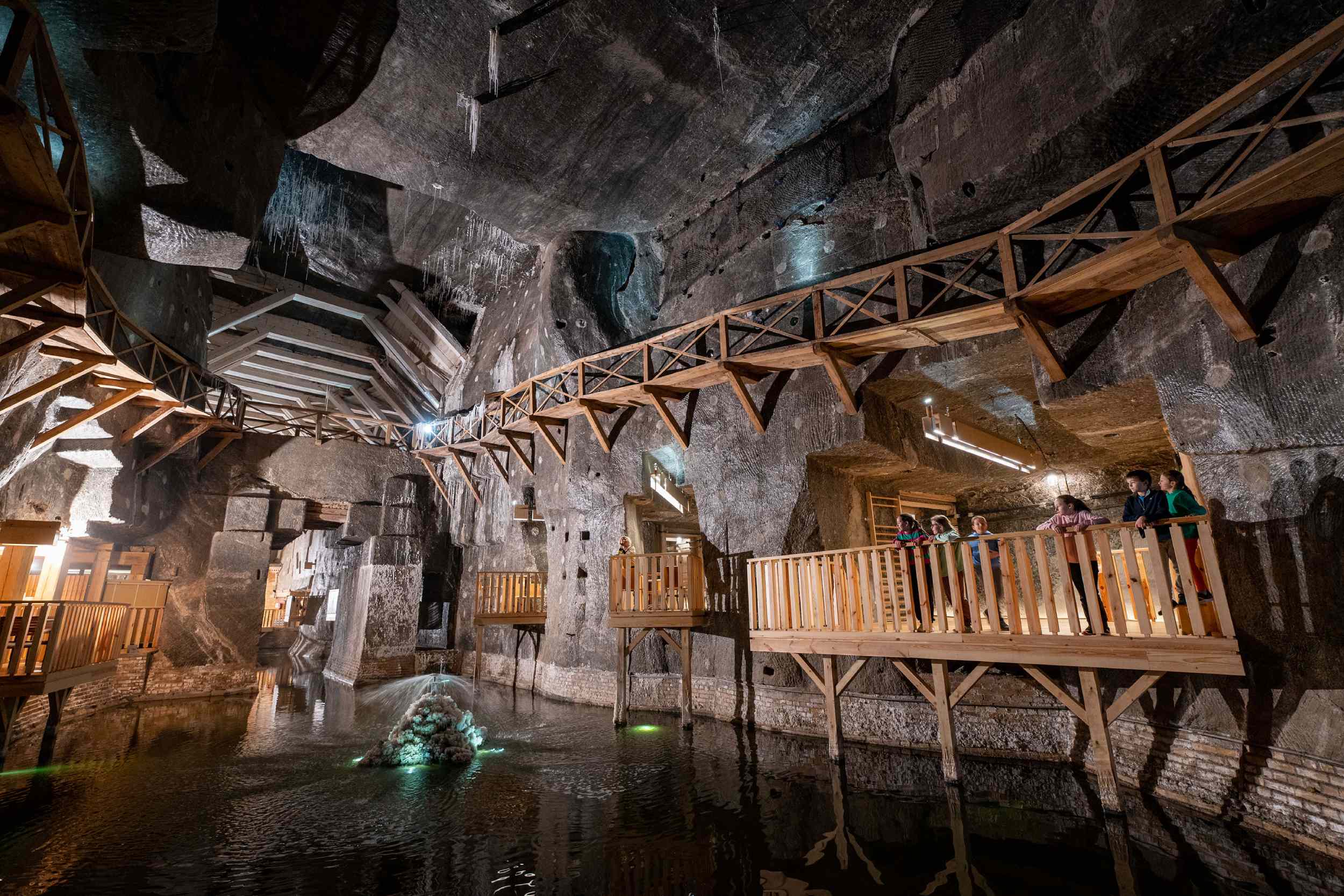
3. Wieliczka Salt Mine, Poland
What it is:
A 700-year-old salt mine with over 185 miles of tunnels, underground lakes, sculptures, and even chapels carved out of salt.
Why it exists:
Mining operations started in the 13th century and ran until 1996. Over time, workers carved out chapels, staircases, chandeliers, and reliefs—all from salt.
You can visit:
Yes, and it's one of Poland’s most visited attractions. Wear good shoes—there are a lot of stairs.
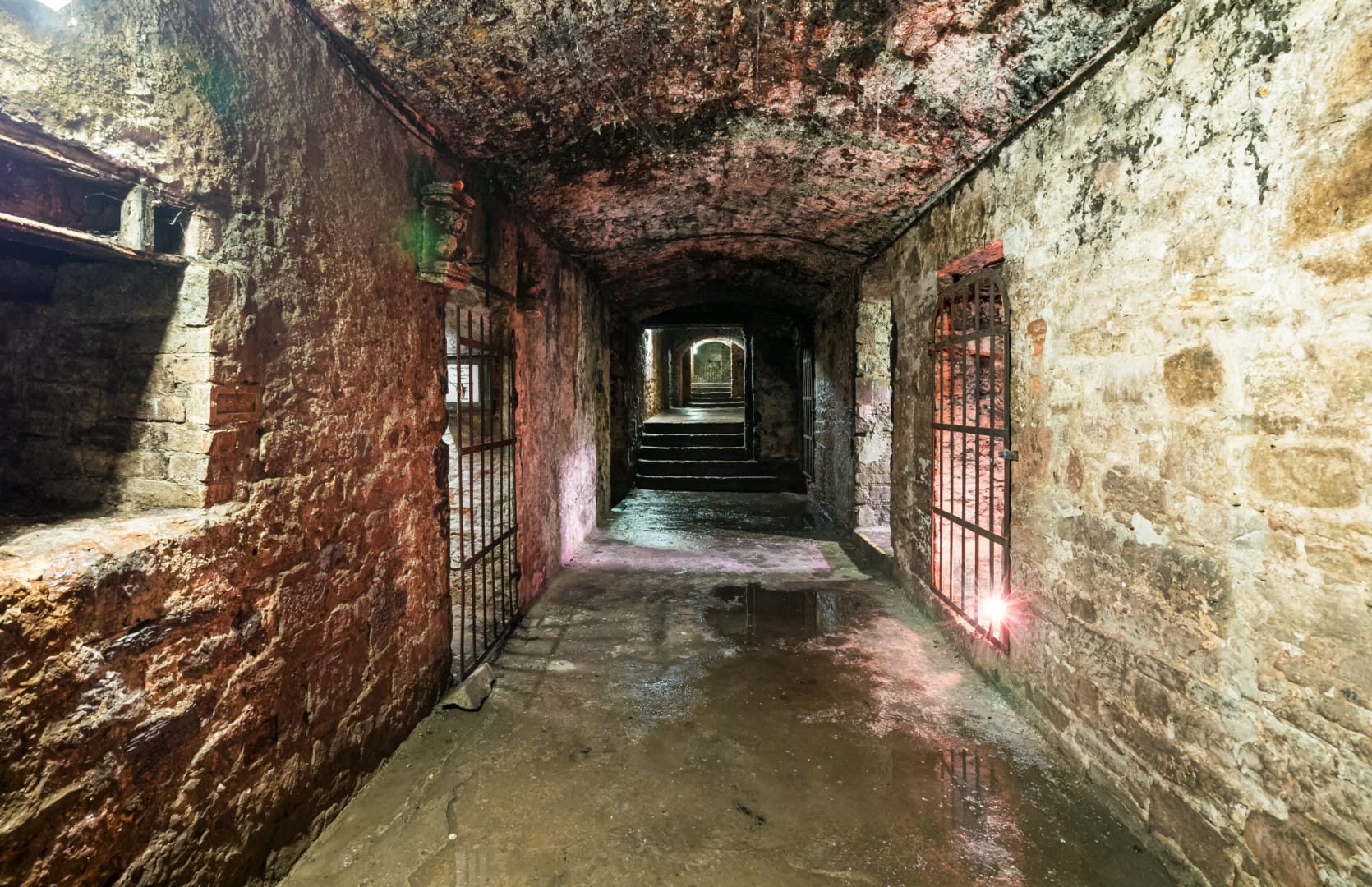
4. Edinburgh Vaults, Scotland
What it is:
A series of chambers beneath the city’s South Bridge. Used in the 18th and 19th centuries for storage, illegal taverns, and, allegedly, more sinister things.
Why it exists:
Originally built for merchants, the vaults were quickly abandoned and became associated with crime, poverty, and ghost stories.
You can visit:
Yes. Multiple tour companies offer historical and “haunted” tours.
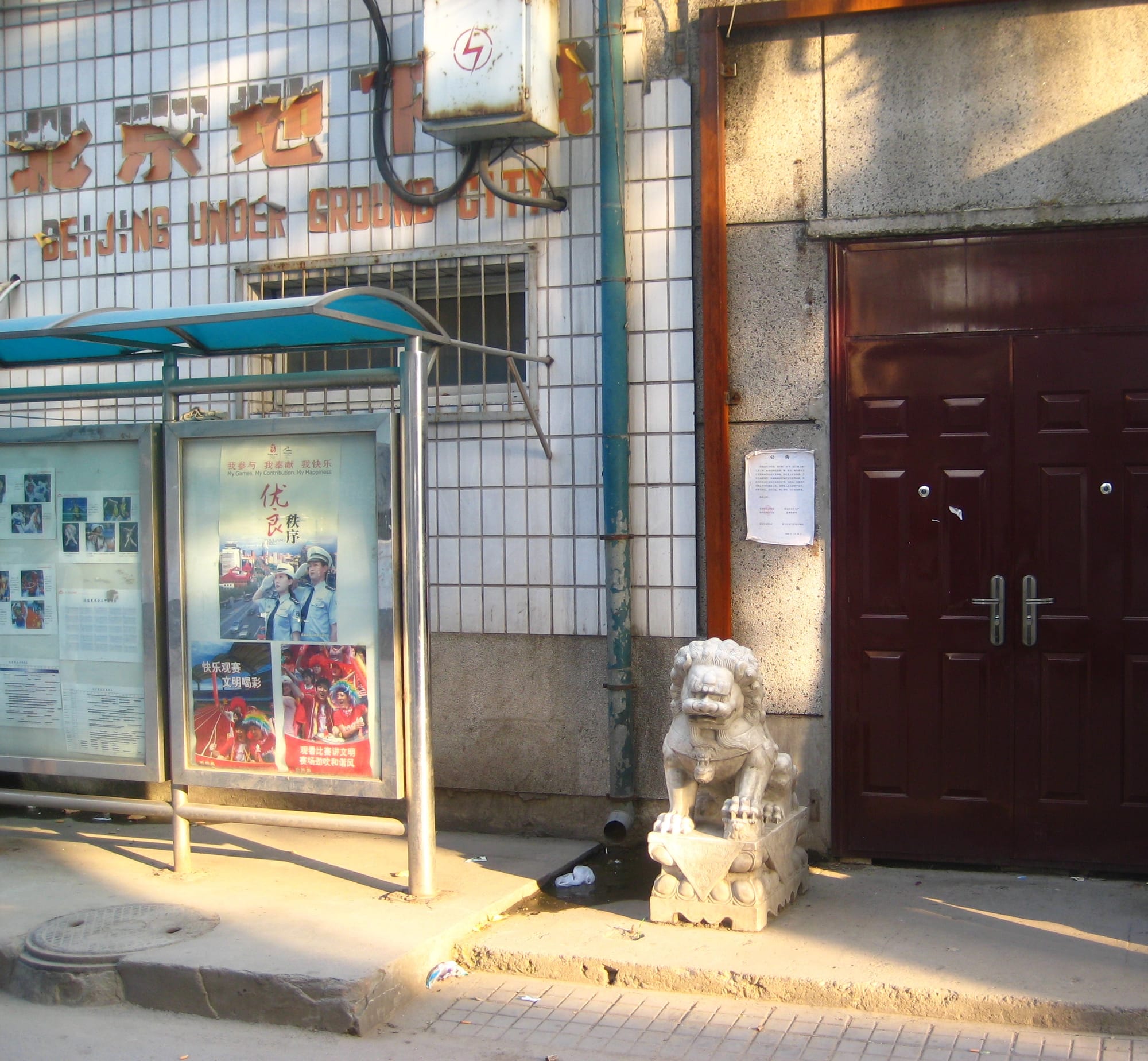
5. Beijing Underground City, China
What it is:
A Cold War-era bomb shelter system stretching beneath the capital, rumored to cover over 30 square miles.
Why it exists:
Built in the 1970s in case of Soviet attack. The tunnels included bedrooms, clinics, schools, and farms. Though parts are now closed, it was once accessible to tourists.
You can visit:
Most of it has been shut to the public, but smaller sections are occasionally opened for historical tours.

6. Setenil de las Bodegas, Spain
What it is:
Not a city under the ground, but a city inside it. Many of the homes and shops in Setenil are built into massive rock overhangs along a narrow gorge.
Why it exists:
People used the natural caves as shelter for centuries, then integrated them into the village layout.
You can visit:
Absolutely. This one’s not hard to get to and feels alive, not like a museum.
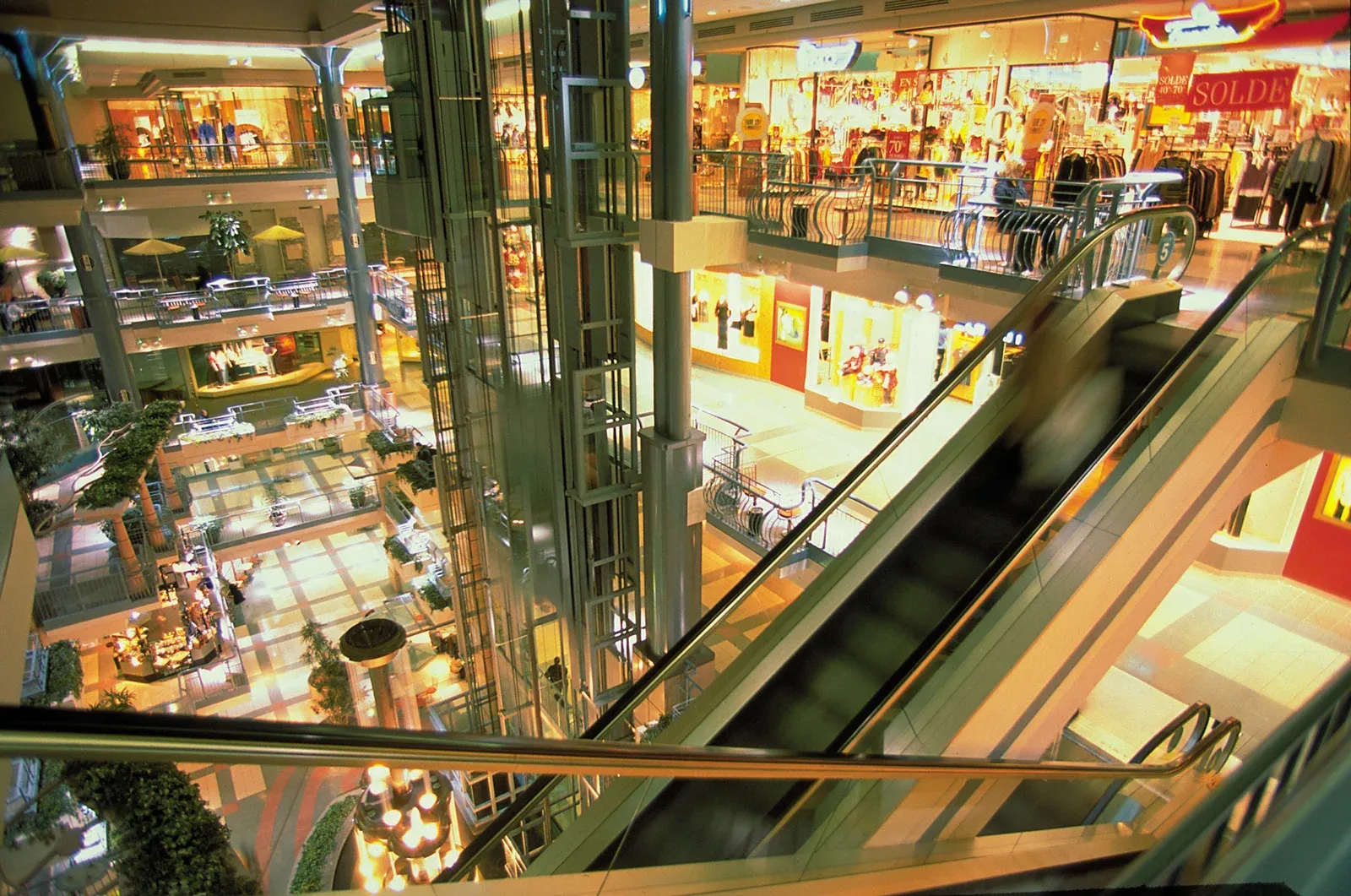
7. Montreal’s RESO, Canada
What it is:
A modern underground city beneath Montreal’s downtown, 33 kilometers of shops, hotels, offices, museums, and metro stations.
Why it exists:
Built to help residents move around during the brutal Canadian winters. It’s part survival strategy, part city planning flex.
You can visit:
Yes. You probably will without realizing. Many downtown attractions connect to it.

8. Petra, Jordan (Underground & Rock-Cut)
What it is:
The ancient Nabatean capital, known for its monumental facades carved into cliffs. While not fully underground, many tombs and dwellings go deep into the rock.
Why it exists:
Strategic, defensible, and insulated from desert heat. Petra thrived as a trade hub around the 1st century AD.
You can visit:
Yes, though prepare for long walks and steep climbs. Not technically a full underground city, but if you’re into hidden places, it belongs on your list.

9. Matmata, Tunisia
What it is:
Home to traditional underground “troglodyte” dwellings, dug into the earth to provide natural insulation from desert temperatures.
Why it exists:
The Berber people built these homes for protection from extreme heat and wind.
You can visit:
Yes. Some homes are still lived in; others are open to tourists. A few were even used as Star Wars filming locations.
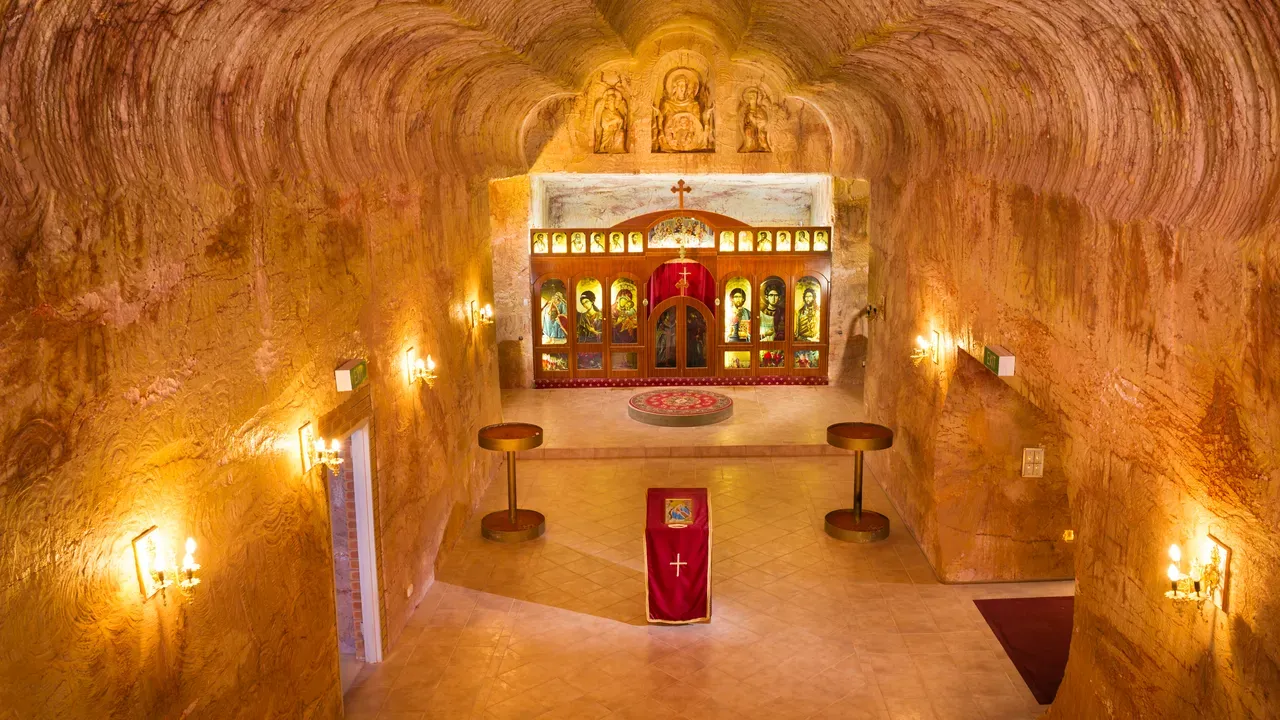
10. Coober Pedy, Australia
What it is:
An opal mining town where many residents live underground to escape the harsh desert climate.
Why it exists:
Temperatures in Coober Pedy regularly hit 110°F (43°C). Underground homes stay cooler, and many were carved from old mine shafts.
You can visit:
Yes. There are underground hotels, bars, churches—even art galleries.
Bottom Line
Underground cities aren’t just archaeological footnotes—they’re living (or once-living) examples of how people have adapted, survived, and built community in harsh or dangerous environments. Whether dug for shelter, defense, religion, or survival, they each offer a different angle on human history—literally below the surface.
If you’re the kind of traveler who likes going beyond the usual, these places deliver.
Common Questions
Q: Are underground cities claustrophobic?
Some can be tight, especially ancient ones. If you're unsure, check site maps or visitor reviews in advance.
Q: Can I go without a tour?
Some allow self-guided access (like Montreal’s RESO), but many historic underground sites require or strongly recommend guided tours.
Q: Are they safe to visit?
Yes, if they’re open to the public. Wear good shoes, follow posted rules, and watch your head in low tunnels.
Q: What’s the best one for a first-time visitor?
Derinkuyu in Turkey or Wieliczka Salt Mine in Poland are well-developed, fascinating, and beginner-friendly.
For more ideas that go beneath the surface - literally or otherwise - check out guides to ancient ruins in Europe or explore historical deep-dives like Göbekli Tepe. More off-the-radar travel finds live at GTFO.co.





